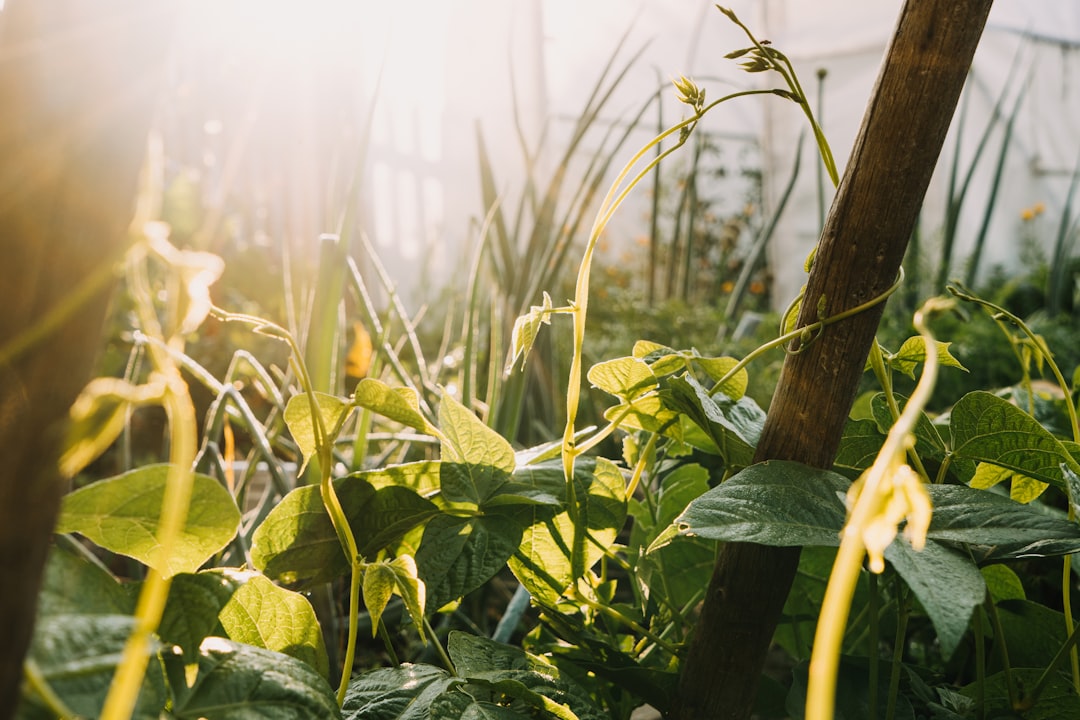Water is the foundation of life, yet across the globe, we face serious water-related challenges, including droughts, floods, pollution, and groundwater depletion. Conventional water management systems often rely on energy-intensive infrastructure that disrupts natural ecosystems. Permaculture offers a holistic and regenerative approach to water management—one that works with nature to harvest, conserve, and purify water in sustainable ways.
By applying permaculture principles, we can create self-sufficient systems that not only provide clean water but also enhance soil fertility, increase biodiversity, and restore ecological balance.
The Importance of Sustainable Water Management
The way we manage water directly impacts the health of our environment and communities. Unsustainable water use leads to:
-
Drought and desertification – Poor water retention in soils leads to dry, barren landscapes.
-
Flooding and erosion – Mismanaged water runoff strips away topsoil and damages ecosystems.
-
Water pollution – Industrial and agricultural activities contaminate drinking water sources.
-
Groundwater depletion – Over-extraction of water from aquifers leads to shortages and land subsidence.
Permaculture offers nature-based solutions that can address these problems while improving the resilience of ecosystems and human settlements.
The Three Key Strategies of Permaculture Water Management
Permaculture applies a "slow, spread, and sink" approach to water management, ensuring that every drop is used efficiently before it leaves a system. This involves:
1. Harvesting Water: Capturing and Storing Rainwater
Rainwater is a free and abundant resource that often goes to waste. By harvesting it, we can reduce our reliance on municipal water supplies and improve landscape hydration.
Techniques for Rainwater Harvesting
-
Rainwater Collection Systems: Installing rain barrels or large storage tanks to capture water from rooftops for irrigation and household use.
-
Swales and Contour Ditches: Digging level channels along the landscape’s contour to slow and distribute rainwater into the soil.
-
Keyline Design: A land-shaping technique that directs rainwater toward areas where it can be absorbed, preventing runoff and erosion.
-
Earthworks and Ponds: Constructing small reservoirs to store water and create microclimates that support diverse ecosystems.
✅ Example: In India’s Rajasthan desert, traditional rainwater harvesting techniques like stepwells and johads have successfully restored groundwater levels in drought-prone villages.
2. Conserving Water: Using Water Wisely in Agriculture and Daily Life
Water conservation is about maximizing efficiency and minimizing waste. Permaculture emphasizes techniques that reduce evaporation, improve soil moisture retention, and recycle water.
Techniques for Water Conservation
-
Mulching: Covering soil with organic matter (e.g., straw, wood chips) to reduce evaporation and retain moisture.
-
Drought-Resistant Planting: Choosing native or drought-adapted species that require minimal watering.
-
Drip Irrigation: Delivering water directly to plant roots, reducing loss due to evaporation and runoff.
-
Greywater Recycling: Redirecting water from sinks, showers, and washing machines to irrigate landscapes.
-
Perennial Food Systems: Using deep-rooted perennial plants that access water more efficiently than annual crops.
✅ Example: In California, permaculture farms have successfully implemented greywater systems and drip irrigation, reducing water use while maintaining productive gardens.
3. Cleaning Water: Natural Filtration and Purification
Ensuring clean water is essential for both human health and environmental well-being. Instead of relying on chemical treatments, permaculture uses natural systems to purify and recycle water.
Techniques for Water Purification
-
Constructed Wetlands: Artificial wetlands that use plants, soil, and microorganisms to filter wastewater naturally.
-
Bioremediation Ponds: Small water bodies that use aquatic plants like water hyacinths and reeds to absorb pollutants.
-
Mycofiltration: Using fungi (like oyster mushrooms) to break down contaminants in polluted water.
-
Living Roofs and Rain Gardens: Green infrastructure that filters stormwater before it enters waterways.
✅ Example: In Mexico, permaculture-designed wetlands have successfully treated wastewater, making it safe for irrigation and wildlife habitats.
Why Permaculture Water Management Matters
Implementing these permaculture techniques leads to numerous benefits:
✅ Increased Water Security – More reliable water sources for drinking, irrigation, and livestock.
✅ Soil Regeneration – Healthy, water-retentive soils improve agricultural productivity.
✅ Climate Resilience – Reduces the impact of droughts and floods.
✅ Biodiversity Restoration – Thriving ecosystems support pollinators, birds, and other wildlife.
✅ Reduced Dependence on Infrastructure – Less need for costly dams, pipelines, and treatment plants.
How You Can Implement Permaculture Water Management
Whether you live in an urban apartment, a rural farm, or anywhere in between, you can take steps to improve your water use:
🏡 For Homeowners & Gardeners:
-
Install a rain barrel to collect rainwater.
-
Use mulch and compost to retain soil moisture.
-
Redirect greywater for irrigation.
🚜 For Farmers & Landowners:
-
Implement swales and keyline design to manage water naturally.
-
Grow deep-rooted perennials to improve soil structure and moisture retention.
-
Establish small ponds or wetlands to support wildlife and store water.
🏙️ For Cities & Communities:
-
Advocate for green infrastructure like rain gardens and permeable pavements.
-
Support urban food forests and rooftop gardens that conserve water.
-
Implement community rainwater harvesting projects.
Conclusion: A Water-Wise Future with Permaculture
Water is a precious resource that must be managed with care. Permaculture offers a practical, nature-based approach to harvesting, conserving, and purifying water, ensuring long-term sustainability for both people and the planet.
By working with natural systems instead of against them, we can create landscapes that are not only self-sufficient but also abundant, resilient, and regenerative.
🌱💧 Every drop counts. Let’s start designing with water in mind today!

Comments
No comments yet. Be the first to comment!
You must be logged in to comment. Login